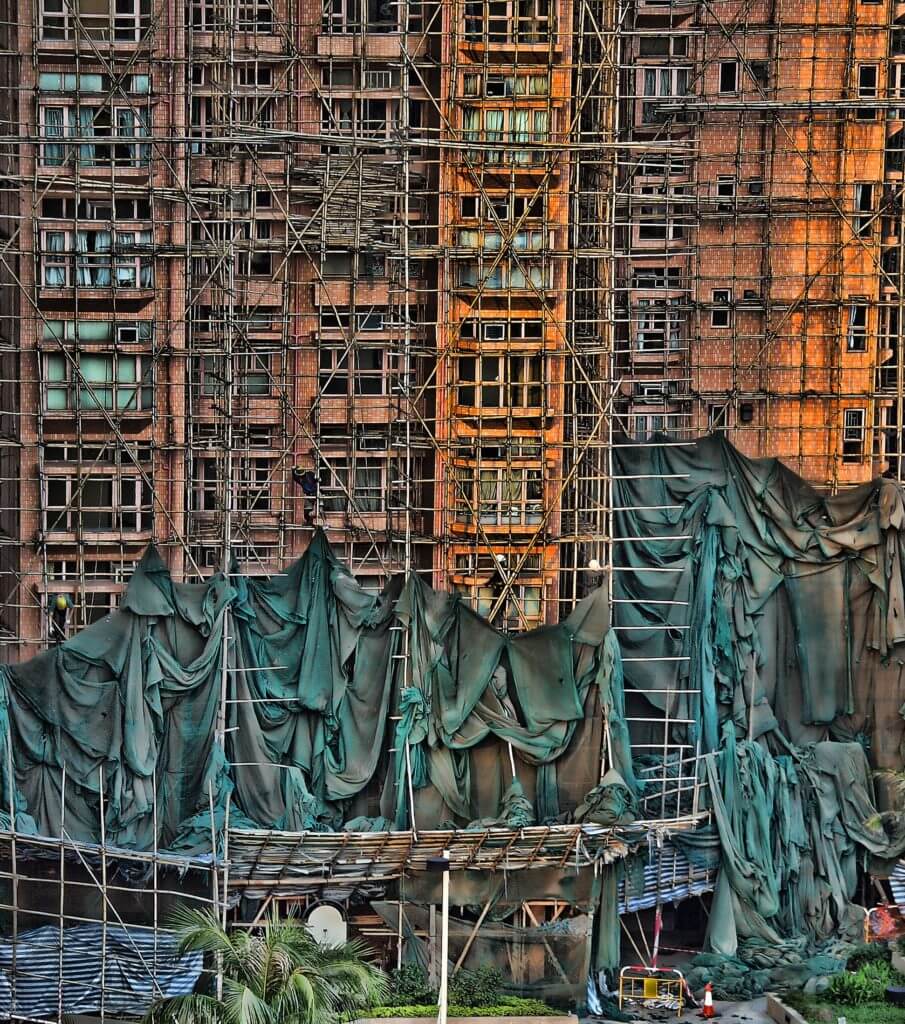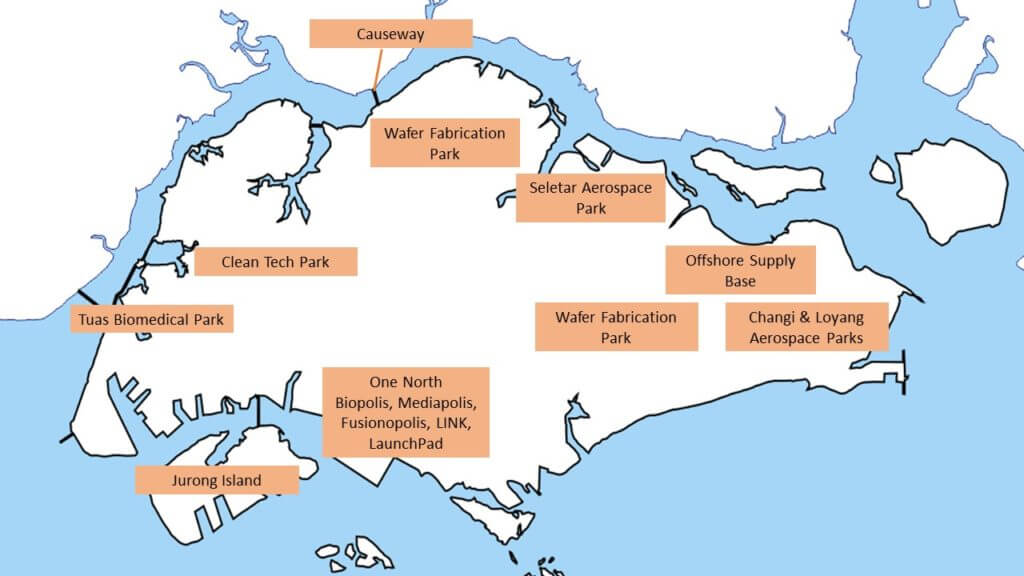Persistent under-development of infrastructure – How can we solve it?
Many infrastructure developments around the world fall into a state of unfulfilled excess demand and derelict, due to improper planning. Teo Eng Cheong, CEO (International), discusses the importance of developing an Infrastructure Roadmap, and what various stakeholders need to look out for when planning for such huge project investments.
Introduction
By all measures, the demand for infrastructure investment is huge. The Global Infrastructure Outlook estimates that from 2016 to 2040, $94 trillion of infrastructure investment is needed globally, of which about $50 trillion would be required in Asia. An investment gap of about $15 trillion is expected based on current trends.
The benefits of infrastructure are obvious, bringing about an improvement in living standards. It gives a short-term boost to the economy through higher GDP and employment. More importantly, it lays the foundation for longer-term increase in productivity and more sustainable economic growth.
Financing for infrastructure is available from International Financial Institutions (IFIs) like World Bank, Asian Development Bank, Asian Infrastructure Investment Bank, as well as from National Financial Institutions, particularly those from Japan and China, like Silk Road Fund, Japan International Cooperation Agency (JICA) and Japan Overseas Infrastructure Investment Cooperation (JOIN).
Private infrastructure funds are also keen to provide financing for bankable projects. At the same time, many engineering companies have incentives to design, build and operate infrastructure on a commercial basis. The Belt-and-road initiative has further unleashed much capital and technical expertise onto infrastructure development. Yet, in many parts of the world, infrastructure remains sorely under-built, poorly constructed and often accompanied by large amount of wastage.
Reasons for Under-developed Infrastructure
I believe there are a few reasons why infrastructure is often in a state of unfulfilled excess demand. First, the long duration of infrastructure development is a major factor. Infrastructure typically takes a long time to plan, design and build. If it is done on a Public Private Partnership (PPP) basis, the concession period required for payback will take even longer, usually decades. This implies that whatever legal framework and contracts that the infrastructure developers and operators rely on, they must stand the test of time, even when the counterparties – usually governments – change hands. This uncertainty may result in a risk that is too high for many infrastructure developers and operators.
A second reason is that infrastructure development often requires compromises from various segments of the population. It often requires the acquisition of land from land owners. It may lead to years of disruption for the community as the infrastructure is being built. Even after completion, it may lead to increased pollution or other negative impact for the surrounding areas. The government would need to be persuasive enough to convince the affected parties to accept these compromises for the greater good. Governments without strong enough support from the population may find this difficult to accomplish.
Finally, infrastructure development is often complex, both in its financing structure as well as in its technical designs. It is often not possible to foresee all the complications that may arise in the course of any infrastructure development. It may be unexpected soil condition or environmental issues which are not detected earlier. Or it may be a financial crisis which throws the financial model out of the window. This requires flexibility in government responses during implementation. However, flexibility without adequate governance may also lead to corruption or other fraudulent activities. Unfortunately, some governments are not well-equipped to handle such complex changes, resulting in badly constructed infrastructure with budget overruns and delayed timeline.
All these reasons may increase the level of uncertainty of infrastructure projects to the point where both the government and the private sector investors back off.

Suggestions for Improved Planning
First, each government should develop an Infrastructure Roadmap, clearly identifying what infrastructure is needed to support its economic and social development vision and strategies. The Roadmap should coherently prioritise its infrastructure needs in the short and long term. Please refer to diagram 1 for an example of an Infrastructure Road Map. Besides explaining the benefits of the infrastructure projects, the Roadmap should also explain the necessary trade-offs, be it acquisition of land or co-payment for utilities or imposition of government fees to cover these costs, etc. Such a Roadmap would give IFIs the confidence that the government knows what it is doing and encourage them to finance such projects. The Infrastructure Roadmap should also be widely publicised to the population to get its support and to commit the current and future governments to adhere to the roadmap. IFIs which finance infrastructure projects may want to push for the governments they work with to move towards developing such Roadmaps. Hopefully, in the near future, voters would expect all responsible governments to have thoughtful and implementable Infrastructure Roadmaps.

Each government should also appoint a group of officials dedicated to implementing the Infrastructure Roadmap. These Infrastructure Officials may include well-trained planners, economists, engineers and managers. These officials may be organised as staff in one agency or they may simply be working in close collaboration across agencies. Whatever the structure, there should be coordination and cross-fertilisation of ideas and learning. The officials should be sufficiently empowered to overcome resistance from interest groups, whether they are government agencies or external parties. And they should be sufficiently independent from short-term political considerations. These Infrastructure Officials must ensure that the government gets its value for money spent on infrastructure. But they must also be pragmatic and recognise that without sufficient returns, no investors will finance infrastructure development.
Finally, the legal framework of infrastructure development, eg, that related to land acquisition, property rights, contracts and investments, must be developed and institutionalised. It is important that the government build up its legal ecosystem and relevant institutions to ensure that its contracts will be honoured, corruption will not be tolerated, and companies and individuals will be treated fairly in courts of law. Certainty in the commercial aspects of infrastructure projects will be strengthened if there is the rule of law in the country.
Only when there is certainty will infrastructure projects take off.
If a government has a coherent Infrastructure Roadmap, which is well-executed by an empowered group of Infrastructure Officials under a well-enforced legal framework, it has a good chance of developing its infrastructure to the benefit of its people.
This article is co-created by Surbana Jurong Academy.
Perspectives, developed by SJ Academy, is our platform to explore new ways of tackling some of today’s most complex challenges. We draw on ideas and opinions from our staff associates and experts across different businesses. Click here to read more about Technology & Innovation, Infrastructure & Connectivity, and Design Leadership.



 下载文件
下载文件
0 comments